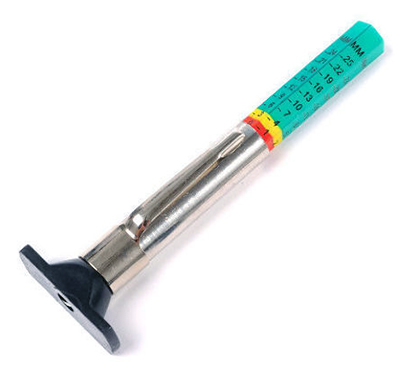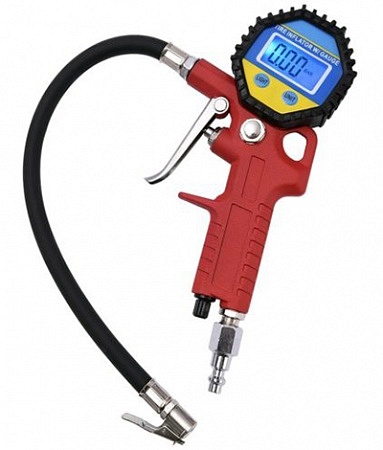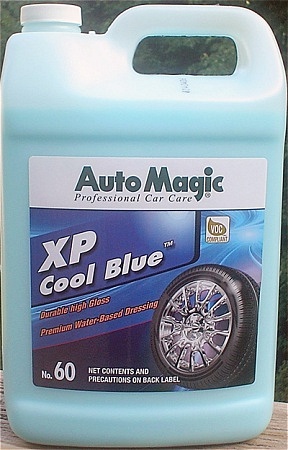The advanced sensor-based safety technology in today’s cars are a modern marvel. But your safety also depends on the contact your tires make with the ground. Maintain your tires properly, and they will take care of you and your passengers.
Tire maintenance isn’t difficult, but it requires some attention. Think of it as a regular task like refueling the tank. Here are six handy guidelines to ensure that you get the most out of your tires.
1. Check tire pressure every two weeks.
Use a high-quality tire gauge to maintain tire pressure. The recommended pressure level can be found on the inside of the driver’s door or the owner’s manual for original equipment tires. Filling tires with nitrogen reduces the loss of pressure (due to permeation through the tires), but you should still check tire pressures at least once a month. Never refill tires to the pressure listed on the sidewall, which is the maximum inflatable pressure. Overinflating tires increases the risk of a blow-out and can also cause uneven tread wear.
2. Consider the ambient temperature.
Be aware that changes in outside temperature (and altitude) affect the pressure inside of your tires, including for nitrogen-filled tires. Every 10-degree change in ambient temperature translates to a pound of pressure, up or down, inside the tires. Because air pressure decreases as you climb in altitude, tires can effectively lose two to three pounds of pressure at 5,000 to 6,000 feet, even if the ambient temperature remains the same. If you’re going on a road trip that involves rapid shifts in temperature or altitude, carry a tire gauge and check the pressures daily.
3. Use tire dressing.
Ozone damage and dry rot can cause tires to fail, even if the treads are not worn out. If you live in an extremely dry climate, keep the exterior of the tires “wet” using a water-based tire dressing product. Before you apply the tire dressing, clean the tires with a tire brush to get rid of accumulated dirt and brake dust. Dry the tires off with microfiber or terry cloth towels before applying the dressing. Tire coatings are a semi-permanent alternative to tire dressing, providing several months of protection.
4. Rotate your tires every 5,000 miles.
Regular tire rotation helps maintain the best traction, balancing potential unevenness in tread wear. Follow the rotation guidelines in the owner’s manual. For example, front-wheel drive cars equipped with non-directional tires and wheels that are the same size and offset are usually rotated in a “forward-cross” pattern—whereas rear-wheel and four-wheel drive tires are rotated in a “rearward-cross.” Cars equipped with the same size wheels and directional tires are rotated front-to-rear, while vehicles with different size wheels and non-directional tires are rotated side-to-side.

This is a popular, affordable tire-tread depth gauge.
5. Align your wheels.
Depending on the road conditions you frequently encounter, it’s advisable to get your wheels aligned every 20,000 to 25,000 miles. If your wheels fall out of alignment, it will not only impact steering response but can also cause the tires to wear out prematurely.
6. Keep track of your tire’s tread depth.
Periodically check the tread depth of your tires using a tread depth gauge or a penny. Stick the penny with Lincoln’s head upside down into the tread. If you can see all of Lincoln’s head, it’s time to replace the tires.







